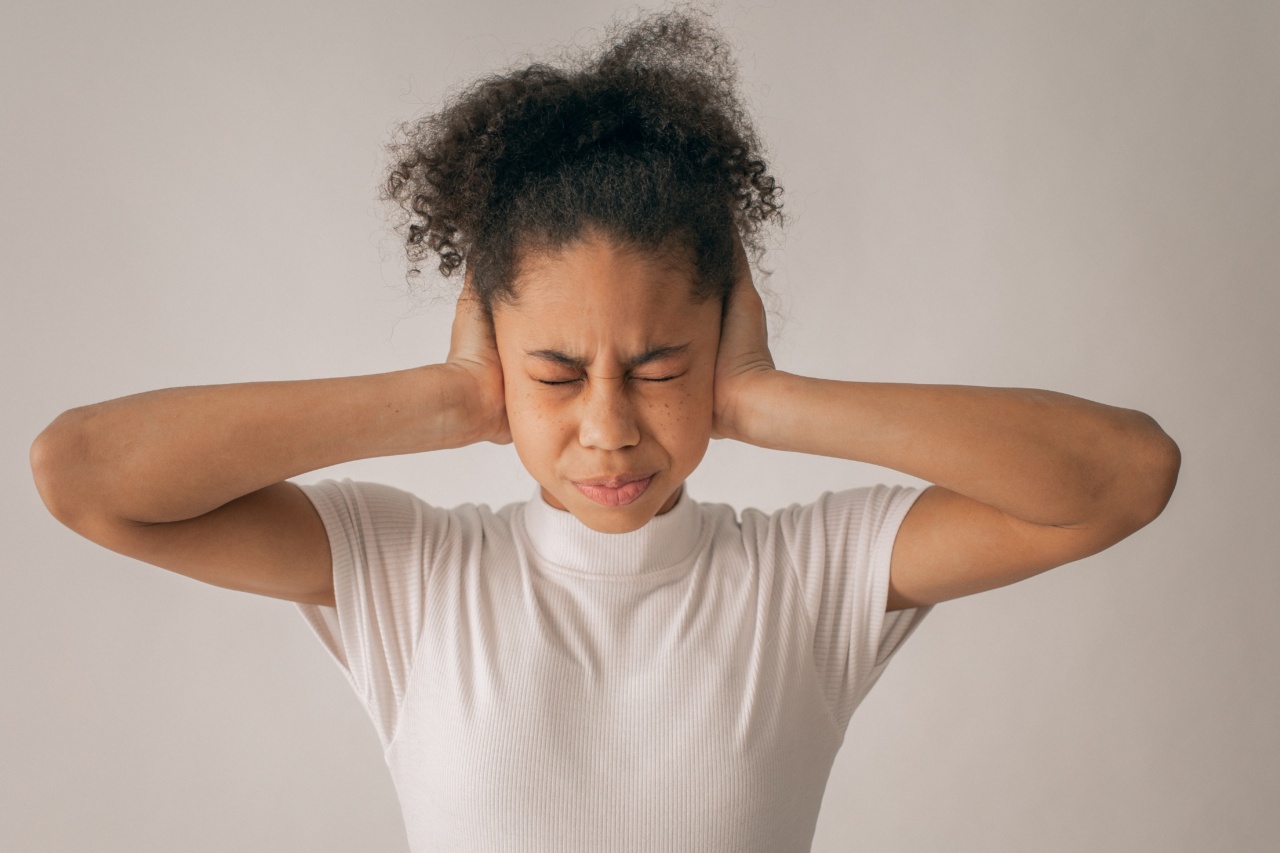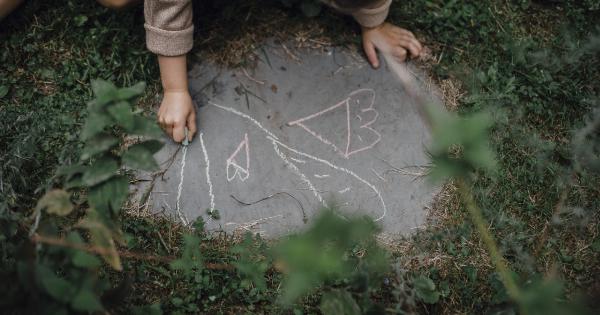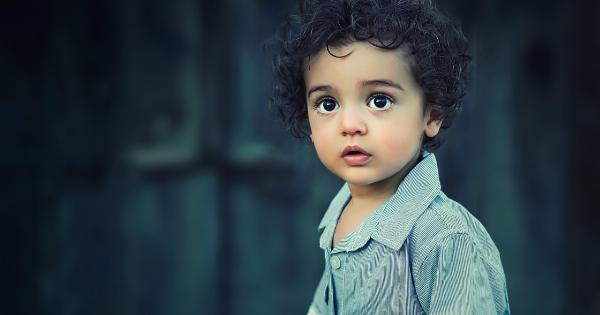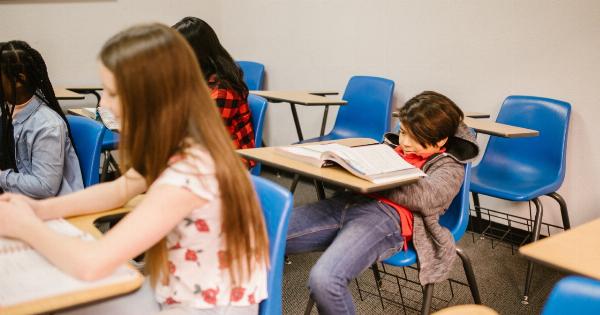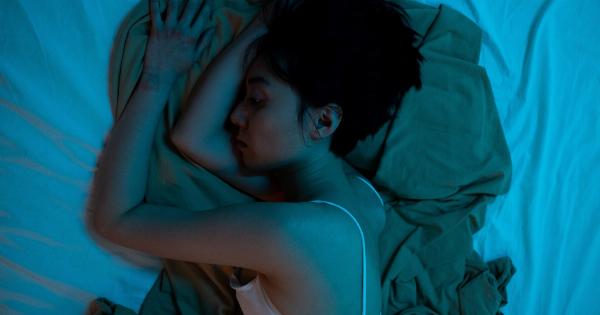Childhood anxiety is a topic that has gained a lot of attention in recent years. Many parents and teachers have expressed concern about the increasing number of children experiencing symptoms of anxiety.
While some people may argue that childhood anxiety is not a real thing, research and evidence suggest otherwise.
In this article, we will explore what childhood anxiety is, how it differs from normal anxiety, and why it’s important to recognize and address it.
What is Childhood Anxiety?
Childhood anxiety is a type of anxiety disorder that affects children and adolescents. It is characterized by excessive fear, worry, and nervousness that interferes with everyday activities and social interactions.
Common symptoms of childhood anxiety include:.
- Excessive worrying
- Fearfulness or nervousness
- Difficulty sleeping
- Panic attacks
- Feeling overwhelmed or stressed
- Physical symptoms such as sweating, heart palpitations, or stomach aches
How is Childhood Anxiety Different from Normal Anxiety?
While it’s normal for children to feel worried or anxious from time to time, childhood anxiety is different from normal anxiety in several ways. For one, childhood anxiety tends to be persistent, often lasting for weeks or months at a time.
Additionally, children with anxiety may experience more severe symptoms than those without anxiety.
Another key difference between childhood anxiety and normal anxiety is the impact it has on a child’s life. Children with anxiety may struggle with everyday activities such as going to school or attending social events.
They may also experience physical symptoms such as headaches or stomach aches that further interfere with their daily lives.
Why is it Important to Recognize and Address Childhood Anxiety?
Recognizing and addressing childhood anxiety is important for several reasons. For one, untreated anxiety can lead to a variety of negative outcomes later in life, including depression, substance abuse, and relationship problems.
Additionally, childhood anxiety can interfere with a child’s development and achievement. Children with anxiety may struggle academically, have difficulty making friends, and experience low self-esteem.
By recognizing and addressing childhood anxiety, parents, teachers, and medical professionals can help children develop coping mechanisms and skills to manage their anxiety and improve their overall well-being.
What Causes Childhood Anxiety?
Like many mental health conditions, childhood anxiety is caused by a complex combination of genetic, environmental, and developmental factors. Some potential causes of childhood anxiety include:.
- Family history of anxiety or other mental health conditions
- Stressful life events such as divorce or the death of a loved one
- Exposure to violence or trauma
- Chemical imbalances in the brain
How is Childhood Anxiety Treated?
Treatment for childhood anxiety depends on the severity and type of anxiety a child is experiencing. Some common treatments include:.
- Cognitive-behavioral therapy (CBT)
- Medication such as antidepressants or anti-anxiety medications
- Relaxation techniques such as deep breathing or meditation
- Lifestyle changes such as exercise and healthy eating habits
If you suspect your child may be experiencing anxiety, it’s important to talk to their healthcare provider who can provide a proper diagnosis and recommend appropriate treatment options.
Conclusion
Childhood anxiety is a real thing that affects millions of children and adolescents.
While it may be normal for children to feel anxious or worried from time to time, persistent and severe anxiety can interfere with their daily lives and lead to negative outcomes later in life.
Recognizing and addressing childhood anxiety is important for both the well-being of the individual and their long-term success.
If you suspect your child may be experiencing anxiety, talk to their healthcare provider who can provide proper diagnosis and treatment options.
